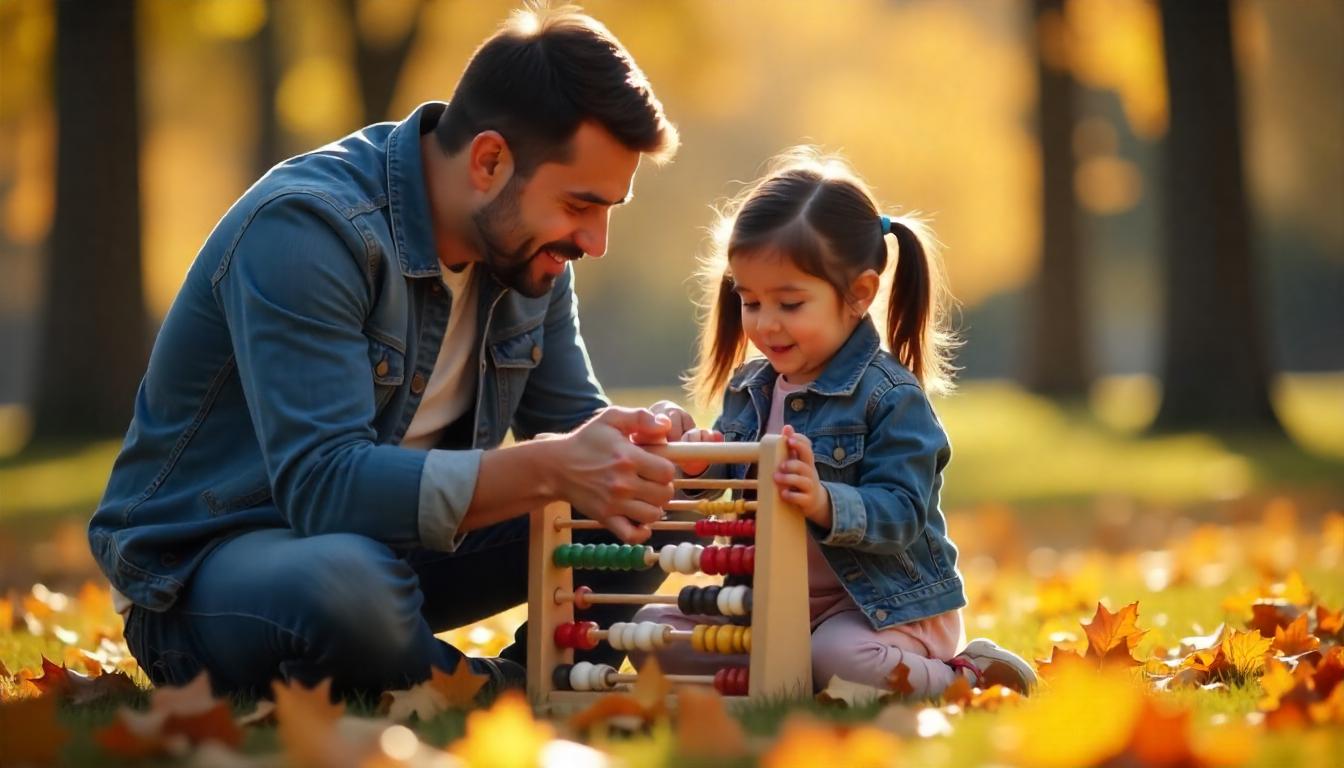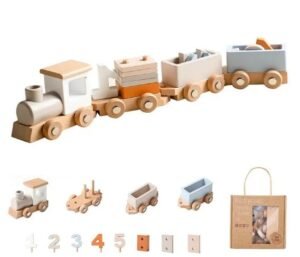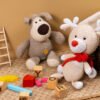
The Importance of Educational Toys in Early Childhood Development
Educational toys play a crucial role in a child’s developmental journey. More than just tools for amusement, they are essential instruments that aid in cognitive, emotional, social, and physical growth. As children engage with these thoughtfully crafted playthings, they begin to understand concepts, develop fine motor skills, and build the foundation for critical thinking. In today’s evolving educational landscape, integrating learning with play ensures that children stay entertained and gain valuable knowledge from a young age.
Educational toys also provide a safe space for children to explore their interests. These toys encourage active learning, whether it’s language development, spatial reasoning, problem-solving, or creative expression. Their hands-on approach ensures that abstract concepts are more accessible and understandable. As a result, children who regularly engage with educational toys often display advanced learning abilities and stronger communication skills.
Popular Educational Toys Every Parent Should Know
In a world of digital distractions, educational toys are becoming the go-to solution for parents who want to merge play with purposeful learning. These toys are designed for fun and to enhance fine motor skills, cognitive development, creativity, emotional intelligence, and practical problem-solving. Here’s a curated list of popular educational toys that are loved by both parents and kids alike:
Musical Penguin Crawling Toy: This adorable penguin is more than just cute—it encourages babies to crawl and explore with its music, flashing lights, and waddling movement. It is perfect for developing gross motor skills and sensory awareness in infants.

Montessori Wooden Train & Trolley: This wooden train set combines imaginative play with hands-on learning. It helps toddlers build coordination while fostering creativity and spatial understanding.

Montessori Wooden Puzzle Games: These puzzles, which come in various shapes, colors, and figures, boost logical thinking, patience, and problem-solving. They’re ideal for early cognitive development.

Montessori Wooden Multiplication Table: A tactile, interactive tool that transforms memorizing multiplication into a hands-on activity. Each wooden block flips to reveal an equation or answer—great for school-aged children.

Montessori Wooden Math Puzzle: This visual and physical math tool teaches kids to count, subtract, and add. It is a great way to introduce abstract math concepts using colorful rings and number tiles.

Montessori Pull String Sensory Toy: Designed for infants, this silicone-stringed toy offers a satisfying pull-and-play experience that helps with sensory stimulation, motor coordination, and even teething relief.

Montessori Magnetic Pen Ball Game: Children use a magnetic pen to guide tiny metal balls through a maze, which improves focus, dexterity, and patience. It’s an excellent pre-writing and logic-building toy.

Montessori Busy Board: This board is packed with real-life fasteners, such as buttons, zippers, laces, and buckles, which help kids develop independence and practical life skills while boosting fine motor development.

Magnetic Building Sticks: Endless construction fun that supports STEM learning. Kids can build towers, shapes, and patterns using magnetic rods and balls, enhancing creativity and spatial awareness.

LCD Drawing Tablets Toys: Perfect for car rides or quiet play, these tablets allow kids to draw with a stylus and erase with a tap—ideal for developing handwriting and fine motor skills.

Kids Creative Rainbow Building Blocks: These colorful and stackable blocks nurture creativity and coordination while teaching color recognition, pattern building, and architectural thinking.

Interactive English Learning Flash Cards: Technology meets language learning with these sound-based flashcards. Kids can match images with sounds and words to build vocabulary, pronunciation, and reading readiness.

Why Educational Toys Matter in a Digital Age
Educational toys offer a refreshing alternative in a world dominated by screens and gadgets. They bring back the essence of tactile, imaginative, and explorative play that many children miss today. These toys are designed to build both IQ and EQ, helping children become problem-solvers, team players, and independent thinkers. They also reduce screen time, naturally assisting kids to develop attention spans and interpersonal skills through play.
Furthermore, educational toys cater to various learning styles. Visual learners can benefit from colorful puzzles, auditory learners thrive with musical toys or flashcards, and kinesthetic learners engage deeply with building sets and hands-on activities. This makes educational toys inclusive and suitable for children with diverse abilities and learning needs.
Benefits of Choosing Montessori-Inspired Educational Toys
Many of the most effective educational toys are inspired by the Montessori method. These toys emphasize independence, real-world skills, and sensory exploration. Allowing children to choose and manipulate toys independently encourages self-motivation and intrinsic curiosity. Montessori toys are typically made of wood or other natural materials, avoiding bright, flashy distractions.
The Montessori approach fosters a calm learning environment where children can focus and engage deeply. These toys are simple yet purposeful, designed to isolate one concept at a time so children can master skills step by step. Montessori toys offer lifelong learning in playful, tangible ways, from busy boards that teach dressing skills to multiplication boards that build math confidence.
What to Look for When Choosing Educational Toys
When shopping for educational toys, consider the following:
- Age-appropriateness: Ensure the toy matches the child’s developmental stage.
- Skill focus: Choose toys that support cognitive, emotional, social, or physical development.
- Durability and safety: Look for non-toxic, child-safe materials.
- Engagement factor: A good educational toy should hold a child’s attention and grow with them.
- Open-ended play: Toys that offer multiple play modes stimulate imagination and creativity.
Avoid toys that over-stimulate with lights and sounds unless they serve a clear educational purpose. Simplicity often leads to deeper engagement.
Final Thoughts
Educational toys are more than a parenting trend—they’re proven to nurture well-rounded, curious, and capable children. Whether building a toddler’s toy shelf or shopping for a preschooler’s birthday, choosing the right toys can set the stage for a lifetime of learning. With options ranging from wooden puzzles to interactive flashcards, there’s something for every age, stage, and interest.
Let play be the path to knowledge, and let educational toys be the bridge that connects fun with future success.
FAQs:
- What age should I start introducing educational toys to my child?
You can introduce simple educational toys as early as 3 months. Sensory toys like soft rattles or pull-string toys are ideal for babies, while puzzles and interactive boards are great for toddlers and preschoolers. - Are electronic educational toys better than traditional ones?
Not necessarily. While electronic toys can be helpful, especially for language learning, traditional toys often encourage creativity, interaction, and problem-solving. A mix of both can be beneficial. - How many educational toys should a child have?
Quality matters more than quantity. A small collection of well-chosen, open-ended toys can provide more developmental value than dozens of trendy gadgets. - How do I know if a toy is Montessori-inspired?
Montessori toys are usually made from natural materials, avoid unnecessary lights and sounds, and focus on developing a single skill. They encourage independence and real-world exploration. - Can educational toys make a difference in school readiness?
Yes! Educational toys help develop foundational skills like counting, letter recognition, fine motor control, and critical thinking, which are essential for success in school.



